Charles Clarke and family are members of the Phase 1 Dairylink team farming near Bailieborough in Co Cavan. Charles is a spring milk producer who starts calving in mid February and dries off in mid to late December.
As we have reported since Charles came into the Dairylink programme, one of the big issues on this farm is that milking facilities are old and inadequate. Charles is milking in an eight-unit herringbone with a small collecting yard and a narrow entrance to each side of the parlour which slows cow flow. The parlour is traditional and very functional for smaller herds.
This year Charles is milking 124 cows
Like many farms that have to buy and develop land around the parlour, often the milking parlour is left until later on the farm investment curve. Why? Simply the business cannot afford to make the investment while it is repaying loans for land purchase and reclamation.
This year Charles is milking 124 cows so in April when cows were at peak levels Charles was four hours milking morning and evening. That’s eight hours a day just milking before any feeding, herd health or grassland management.
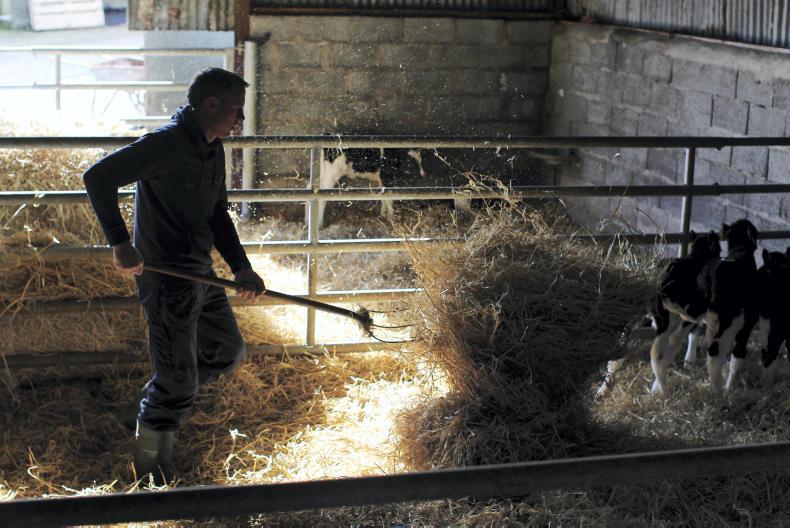
Dairylink farmer Charles Clarke.
While Charles was building cow numbers, milking time wasn’t as big a problem. Now that he has over 120 cows milking, the parlour is much more of an issue. In the short term, Charles has been working hard and sharing the milking workload, but, now plans are starting to be developed to replace the old parlour.
New development
Similar to a lot of farms in Cavan and Monaghan, there are hills and drumlins that make site selection for a new building more difficult. Such is the case in the Clarke farmyard.
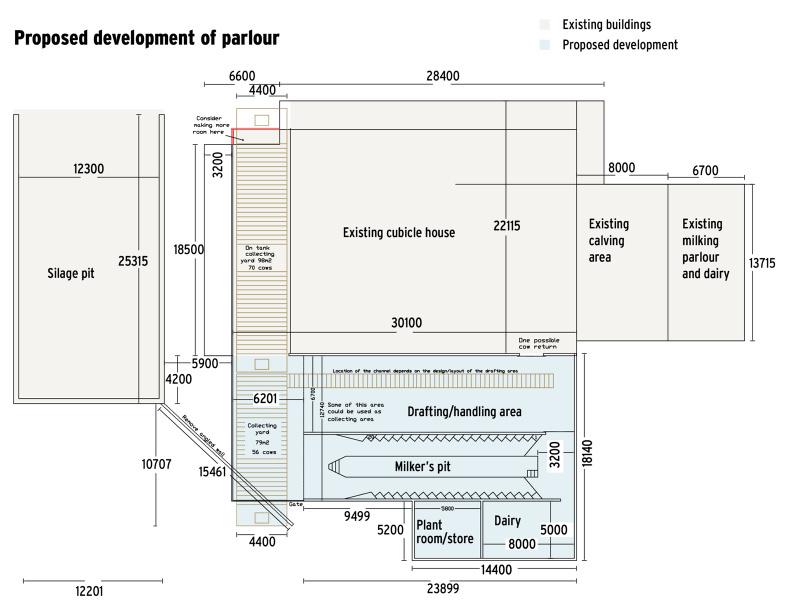
The other issue is the old parlour is relatively close to the dwelling house so again that limits what you can do in terms of remodelling and the positioning of new structures. Typically new structures are higher and bigger than older buildings so they need space and the last thing you want to do is construct a new building that can’t be developed in future.
The other consideration for this farm is that it needs a calf house and an additional 50 or so cubicles in the farmyard so positioning of the parlour to allow both those developments happen is also necessary.
The fact that there would be 40 cows standing in the milking parlour would take some pressure off the space for cows in the collecting yard
The diagram shows the existing structures and the proposal for the new 20-unit parlour, dairy and plant room. The plan is to make the existing slurry tank at the back of the existing cubicle shed part of the collecting yard and cows would walk in and out over this area.
The fact that there would be 40 cows standing in the milking parlour would take some pressure off the space for cows in the collecting yard.
The old parlour could be remodelled to a calf care area and a general storage area
There is a drafting and handling unit on the exit from the parlour. The dairy is to the side to allow potential changes to parlour size in future.
The old parlour could be remodelled to a calf care area and a general storage area.
Next step is to refine this plan, make sure it fits the necessary requirements and then get an application in for planning permission. The cost of the development would be in excess of €200,000 (excl grants, VAT back) for the full development so, like all farms, much depends on other moving pieces in terms of timing.
Current management
Grass supply was down to 144kg per cow two weeks ago but is rocking ahead now and there is a lot of good-quality grass on the grazing platform.
A light cut of silage was taken off some of the paddocks and as a result they are fresh now and growing well.
Breeding is going well. Breeding started 6 May – that little bit later than further south – and Charles will continue breeding for 12 weeks at least.
To date this year milk solids sold per cow is up 20kg per cow (approx €90/cow).
Read more
Summer grazing round-up on Dairylink farms
Clarke pushing for higher solids
Visit to Charles Clarke's farm near Bailieborough
Charles Clarke and family are members of the Phase 1 Dairylink team farming near Bailieborough in Co Cavan. Charles is a spring milk producer who starts calving in mid February and dries off in mid to late December.
As we have reported since Charles came into the Dairylink programme, one of the big issues on this farm is that milking facilities are old and inadequate. Charles is milking in an eight-unit herringbone with a small collecting yard and a narrow entrance to each side of the parlour which slows cow flow. The parlour is traditional and very functional for smaller herds.
This year Charles is milking 124 cows
Like many farms that have to buy and develop land around the parlour, often the milking parlour is left until later on the farm investment curve. Why? Simply the business cannot afford to make the investment while it is repaying loans for land purchase and reclamation.
This year Charles is milking 124 cows so in April when cows were at peak levels Charles was four hours milking morning and evening. That’s eight hours a day just milking before any feeding, herd health or grassland management.

Dairylink farmer Charles Clarke.
While Charles was building cow numbers, milking time wasn’t as big a problem. Now that he has over 120 cows milking, the parlour is much more of an issue. In the short term, Charles has been working hard and sharing the milking workload, but, now plans are starting to be developed to replace the old parlour.
New development
Similar to a lot of farms in Cavan and Monaghan, there are hills and drumlins that make site selection for a new building more difficult. Such is the case in the Clarke farmyard.

The other issue is the old parlour is relatively close to the dwelling house so again that limits what you can do in terms of remodelling and the positioning of new structures. Typically new structures are higher and bigger than older buildings so they need space and the last thing you want to do is construct a new building that can’t be developed in future.
The other consideration for this farm is that it needs a calf house and an additional 50 or so cubicles in the farmyard so positioning of the parlour to allow both those developments happen is also necessary.
The fact that there would be 40 cows standing in the milking parlour would take some pressure off the space for cows in the collecting yard
The diagram shows the existing structures and the proposal for the new 20-unit parlour, dairy and plant room. The plan is to make the existing slurry tank at the back of the existing cubicle shed part of the collecting yard and cows would walk in and out over this area.
The fact that there would be 40 cows standing in the milking parlour would take some pressure off the space for cows in the collecting yard.
The old parlour could be remodelled to a calf care area and a general storage area
There is a drafting and handling unit on the exit from the parlour. The dairy is to the side to allow potential changes to parlour size in future.
The old parlour could be remodelled to a calf care area and a general storage area.
Next step is to refine this plan, make sure it fits the necessary requirements and then get an application in for planning permission. The cost of the development would be in excess of €200,000 (excl grants, VAT back) for the full development so, like all farms, much depends on other moving pieces in terms of timing.
Current management
Grass supply was down to 144kg per cow two weeks ago but is rocking ahead now and there is a lot of good-quality grass on the grazing platform.
A light cut of silage was taken off some of the paddocks and as a result they are fresh now and growing well.
Breeding is going well. Breeding started 6 May – that little bit later than further south – and Charles will continue breeding for 12 weeks at least.
To date this year milk solids sold per cow is up 20kg per cow (approx €90/cow).
Read more
Summer grazing round-up on Dairylink farms
Clarke pushing for higher solids
Visit to Charles Clarke's farm near Bailieborough






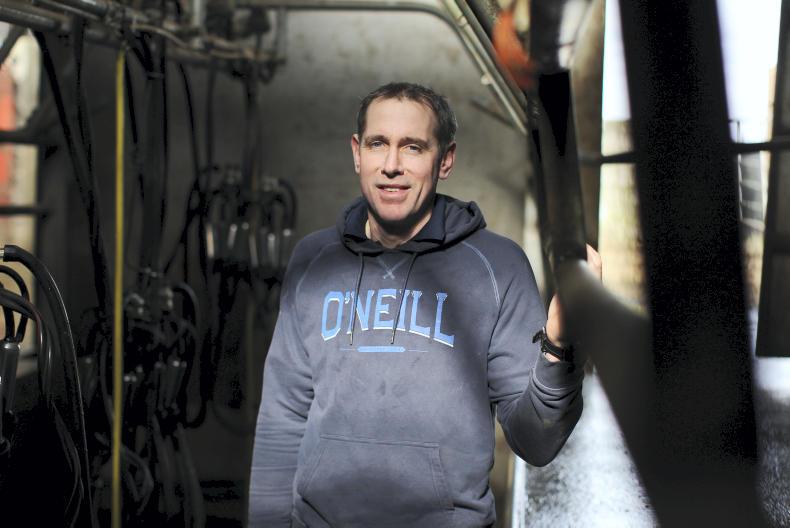
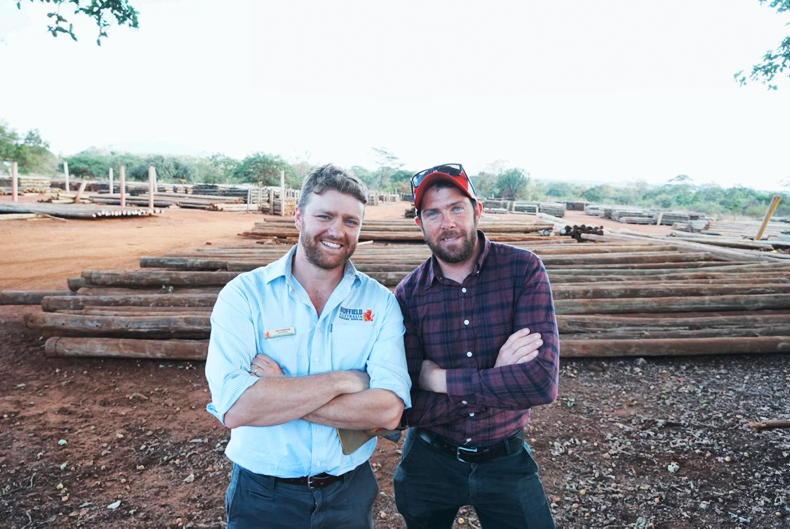

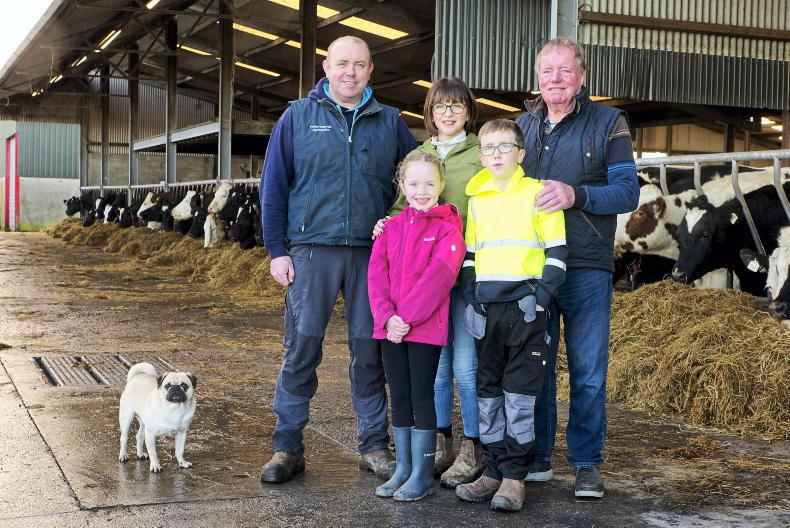
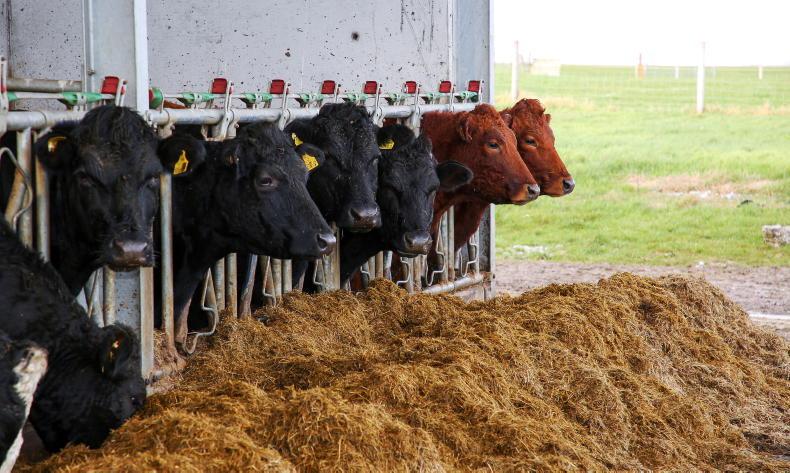
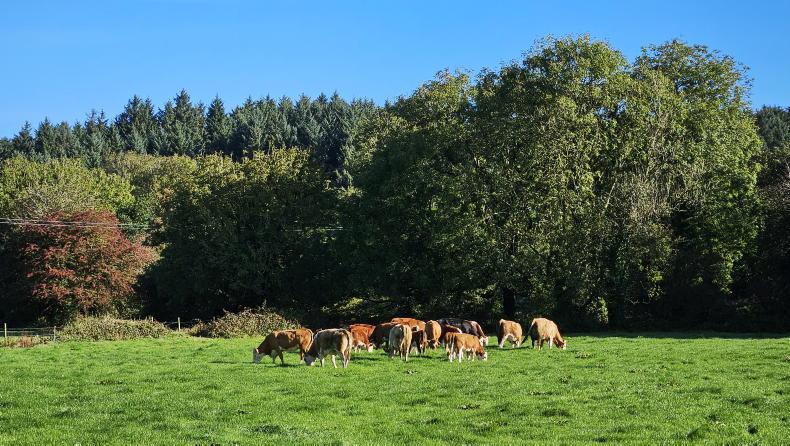
SHARING OPTIONS